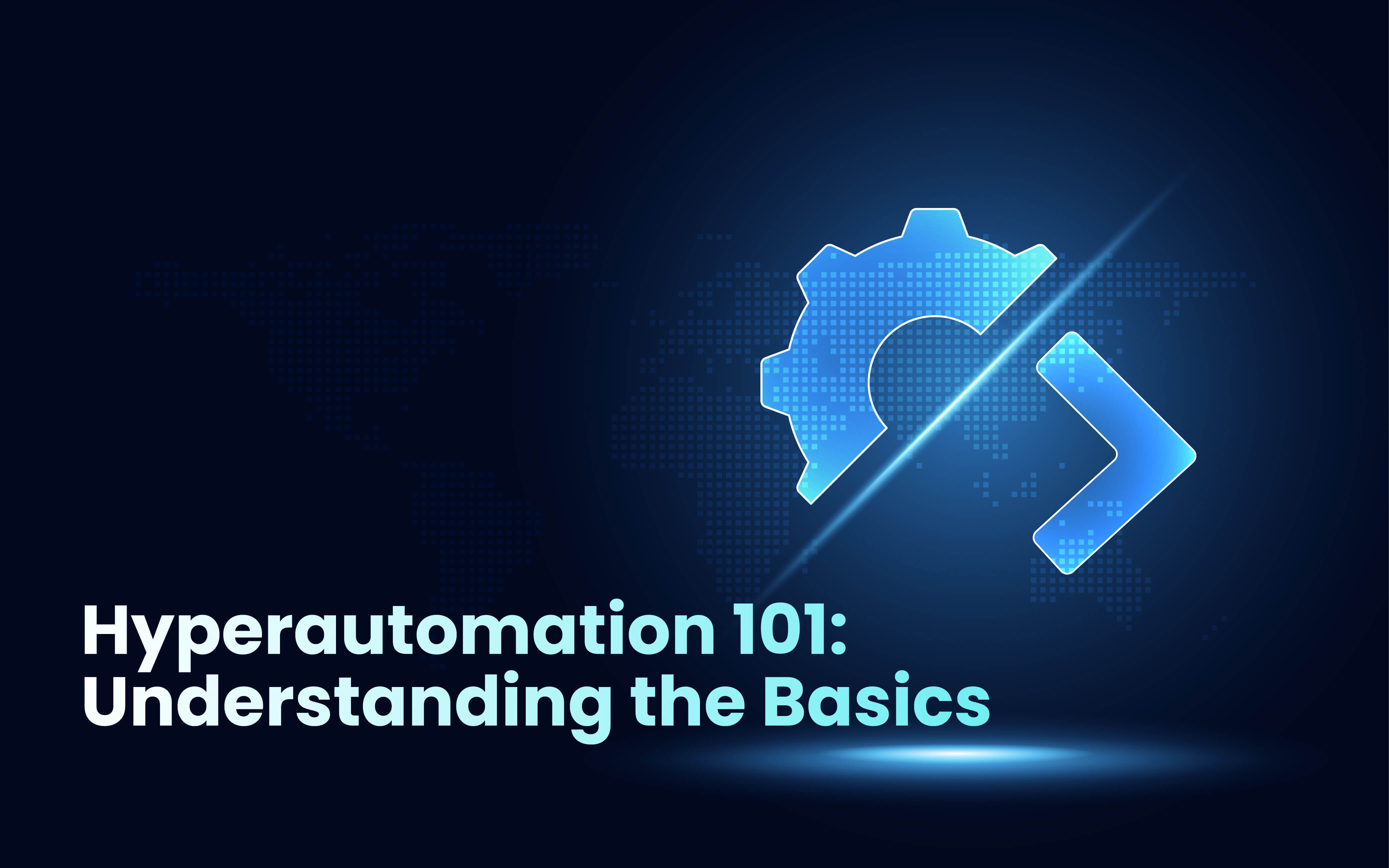Blogs
To know about all things Digitisation and Innovation read our blogs here.
Cloud and Infrstructure
Introduction to Cloud Computing and Infrastructure
SID Global Solutions
27 December 2022

Overview
Cloud computing is one of the most revolutionary advances in technology in the last decade. It has revolutionized the way businesses operate, allowing them to leverage the power of the cloud to improve efficiency, reduce cost, and increase scalability. But what is cloud computing, and how does it work?
What is Cloud Computing?
Cloud computing is a form of computing that utilizes a network of remote servers hosted on the internet to store, manage, and process data. It allows businesses to access applications and services without having to purchase and maintain their own hardware. In other words, businesses can “rent” the computing power they need, when they need it, and pay only for what they use.
Benefits of Cloud Computing
The key benefits of cloud computing are scalability, reliability, cost savings, and flexibility. With cloud computing, businesses can dynamically scale up or down depending on their needs. This means that businesses can quickly add or remove computing resources as needed, without having to purchase or maintain their own hardware. Additionally, cloud computing is reliable and secure, as data is stored on remote servers in a secure environment.
Cloud computing also offers cost savings, as businesses are only paying for the services they need. For example, businesses can pay for a certain amount of storage or compute power, and then add more as needed without having to invest in additional hardware. Finally, cloud computing is incredibly flexible, as businesses can move their applications and data between different providers or switch to different services as needed.
In order to use cloud computing, businesses need to have a cloud infrastructure in place. This infrastructure consists of a combination of hardware, software, and networks that allow businesses to access and use the cloud. It is important to understand the different components of cloud infrastructure, as they will determine the performance and reliability of the cloud services.
Components of Cloud Infrastructure
The key components of cloud infrastructure are the cloud provider, the cloud platform, the cloud storage, and the cloud networks. The cloud provider is the organization responsible for the entire cloud infrastructure, from providing the servers and storage to managing the network and security. The cloud platform is the software platform that businesses use to access and manage their applications and data. Cloud storage is the physical storage of data, such as databases, documents, and media. Finally, cloud networks are the networks used to connect different parts of the cloud infrastructure together.
Wrap Up!
In conclusion, cloud computing is a revolutionary technology that has revolutionized the way businesses operate. It offers businesses scalability, reliability, cost savings, and flexibility, and understanding the key components of cloud infrastructure is essential in order to make the most of cloud computing.









